Results
-
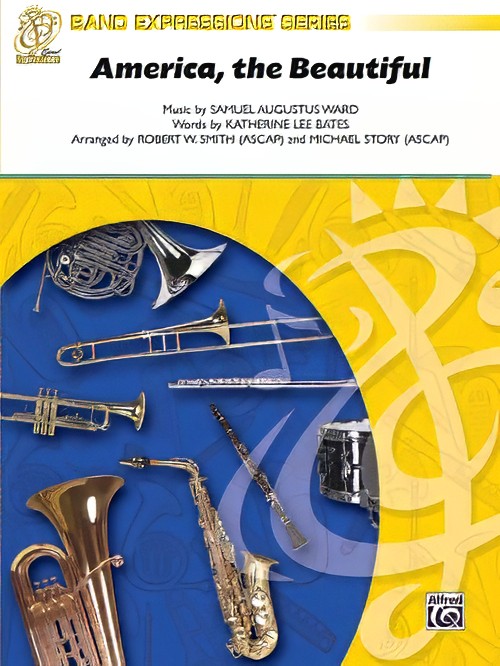 £54.95
£54.95America, the Beautiful (Concert Band - Score and Parts) - Bates & Ward - Smith & Story
The Smith and Story duo has scored this lush rendition to correlate with the first year of the Band Expressions curriculum, though it will add a patriotic flare to any program. This arrangement of the classic work includes great textures and harmonies for your beginners.Duration: 2.00
Estimated dispatch 7-14 working days
-
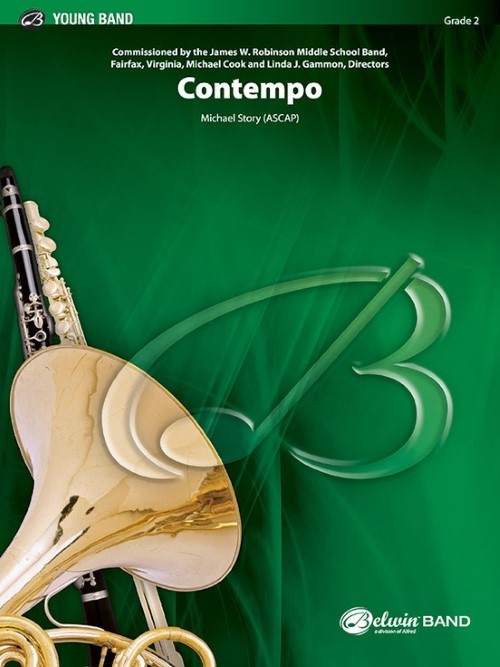 £56.50
£56.50Contempo (Concert Band - Score and Parts) - Story, Michael
Michael Story has again written an original work with progressive elegance. The composition features a few soloistic sounds, all solidly cued, and avid percussion contributions complete the setting. The concrete scoring work will ensure an impressive musical presentation. Duration: 3.15
Estimated dispatch 7-14 working days
-
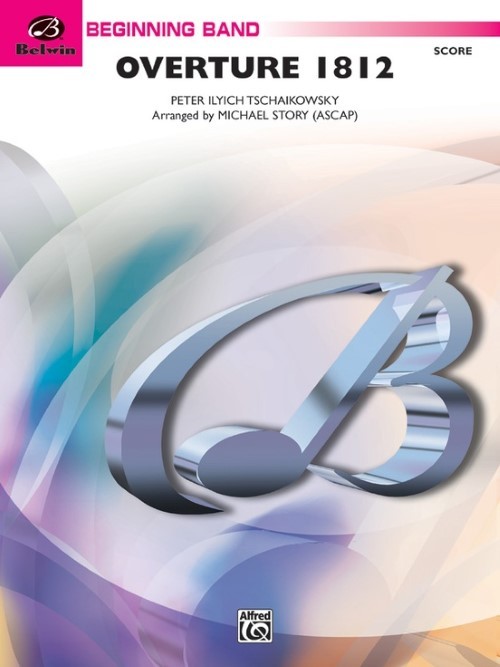 £53.95
£53.95Overture 1812 (Concert Band - Score and Parts) - Tchaikovsky, Peter Ilyich - Story, Michael
Most musicians dislike the term "watered-down," so we asked Michael Story to present this classic overture with musical integrity and honesty but to simplify the complicated orchestral writing to be playable by a very young band or ensemble. We think you will agree: This arrangement succeeds admirably! Duration: 2.00
Estimated dispatch 7-14 working days
-
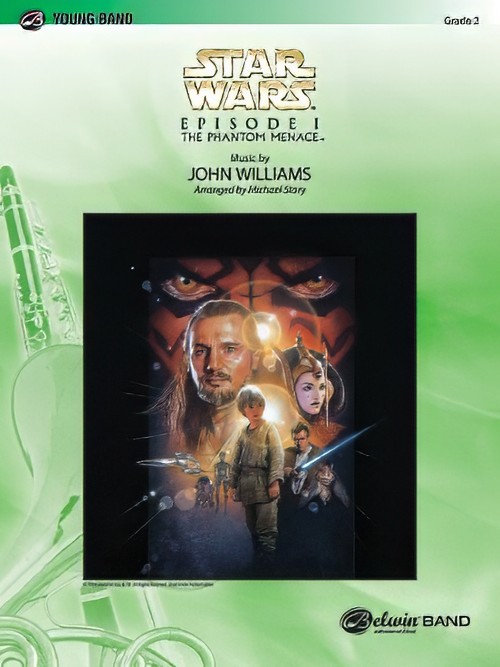 £73.50
£73.50Star Wars: Episode I, The Phantom Menace (Concert Band - Score and Parts) - Williams, John - Story, Michael
The world had waited years, and finally the motion picture event of the century exploded on the screen in Star Wars: Episode 1 The Phantom Menace. From the power-packed John Williams score, this Michael Story treatment is a highly creative mix of "Star Wars (Main Theme)" * "Duel of the Fates" * "Augie's Great Municipal Band" * "He Is The Chosen One" and the soaring "End Credits." Every band and wind ensemble in the world will be playing this one! Duration: 5.30
Estimated dispatch 7-14 working days
-
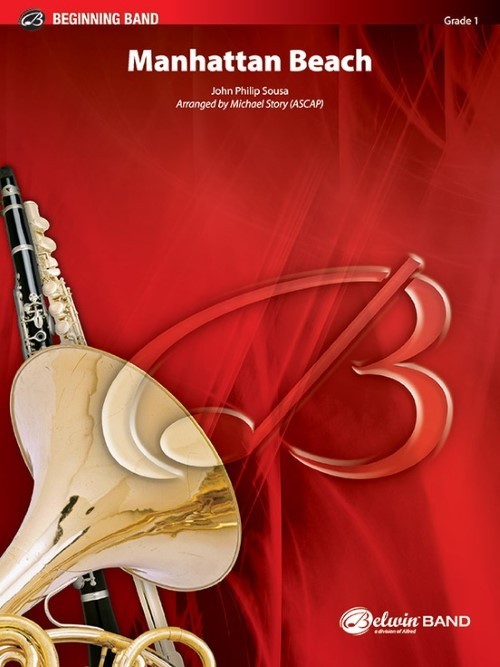 £55.50
£55.50Manhattan Beach (Concert Band - Score and Parts) - Sousa, John Philip - Story, Michael
Although John Philip Sousa is stereotyped as a march writer, he composed music in many forms. But, of course, it's his marches that have brought his name to millions of performers and listeners the world over. Of the hundreds of marches he wrote, many are still among the most performed of the medium. Michael Story has chosen this classic Sousa work and removed the technical difficulties so it can be enjoyed by even the youngest ensemble or band. Relish this music of the "March King"! Duration: 1.30
Estimated dispatch 7-14 working days
-
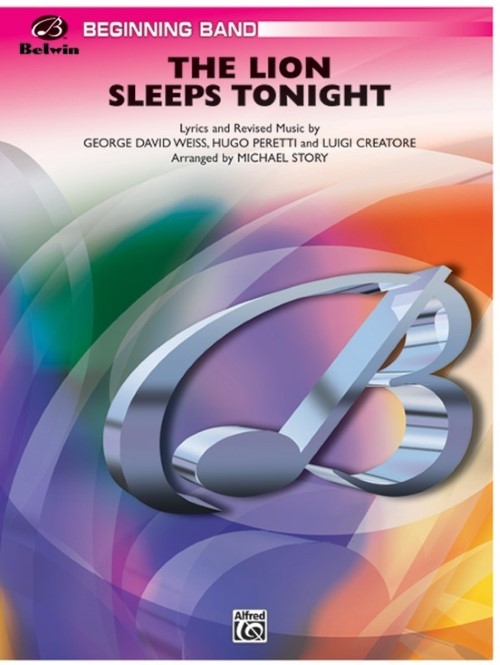 £53.95
£53.95The Lion Sleeps Tonight (Concert Band - Score and Parts) - Story, Michael
This doo-wop classic, made famous in severalmotion pictures is arranged for concert band by Michael Story. A winner! Duration: 1.45
Estimated dispatch 7-14 working days
-
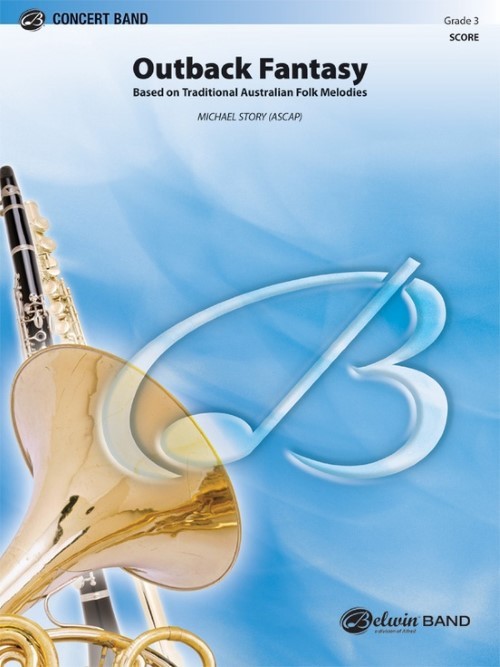 £70.50
£70.50Outback Fantasy (Concert Band - Score and Parts) - Story, Michael
The land 'down under' is hot! Australia holds a powerful fascination for many of us. Using folk material including Waltzing Matilda and Click Go the Shears, Michael Story crafts an entertaining and tuneful concert work guaranteed to make all of us think of koalas and kangaroos. This is good music, mate! Duration: 3.00
Estimated dispatch 7-14 working days
-
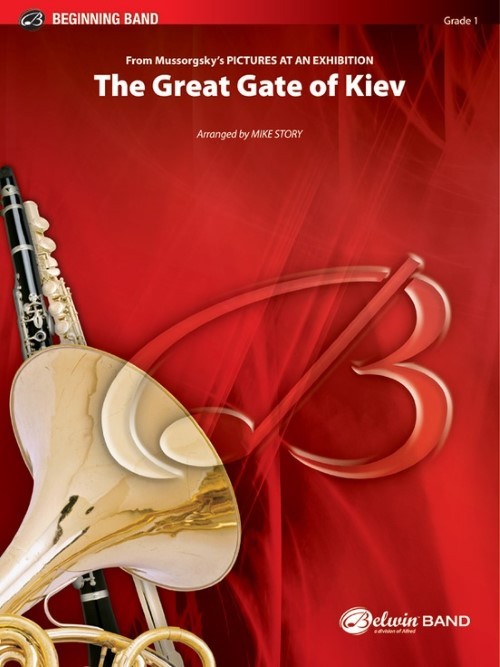 £53.95
£53.95The Great Gate of Kiev (Concert Band - Score and Parts) - Mussorgsky, Modest - Story, Mike
This famous work, the finale from Mussorgsky's Pictures at an Exhibition, has gone from the keyboard Medium to an orchestral version arranged by Ravel, and now to a very easy concert band arrangement by Mike Story. The power and drama is all here in an easy-play form.Duration: 2.15
Estimated dispatch 7-14 working days
-
 £66.95
£66.95High Velocity - Michael Story
High Velocity, by Michael Story, is both exciting and full of contrast. This A-B-A form piece will be a student favorite with its high-energy melodic lines and lyrical contrast. Solid scoring, appropriate ranges, and teachable moments make this an excellent choice for concerts or contests. (2:55)
Estimated dispatch 7-14 working days
-
 £52.95
£52.95Lionheart - Michael Story
Lionheart is a dramatic piece that will highlight your first or second year band students' abilities. Your band room and auditorium will light up with bold melodic statements and unexpected harmonic twists in this fantastic work by Michael Story! (1:53) This title is available in SmartMusic.
Estimated dispatch 7-14 working days
